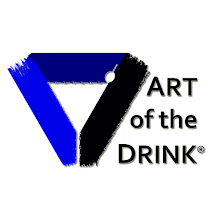After
winning his second Indy 500 race in 1933, Louis Meyer requested a glass
of buttermilk. He requested another glass in 1936 after winning his
third title, but instead received a bottle. With three fingers raised,
he was captured by a photographer while drinking from that bottle, and
the marketing opportunity wasn't lost on a local dairy executive.
Unaware that Meyer was drinking buttermilk, the executive offered a
bottle of milk to the winners of all future races, and milk
has been presented at the conclusion of almost every Indy 500 since
then. In honor of that tradition, here's my Drambuie-based homage to this
classic racing libation.
-In a shaker tin half filled with ice, add:
1 oz. DRAMBUIE®
1/2 oz. Laphroaig Single Malt Scotch
-Shake until the tin is frosted, add:
1 oz. Milk
-Swirl to chill thoroughly.
-Pour into a rocks glass, add:
1 dash Fee Brothers Black Walnut Bitters
-Garnish with an orange twist.
-Serve with a cocktail stirrer.
-In a shaker tin half filled with ice, add:
1 oz. DRAMBUIE®
1/2 oz. Laphroaig Single Malt Scotch
-Shake until the tin is frosted, add:
1 oz. Milk
-Swirl to chill thoroughly.
-Pour into a rocks glass, add:
1 dash Fee Brothers Black Walnut Bitters
-Garnish with an orange twist.
-Serve with a cocktail stirrer.

